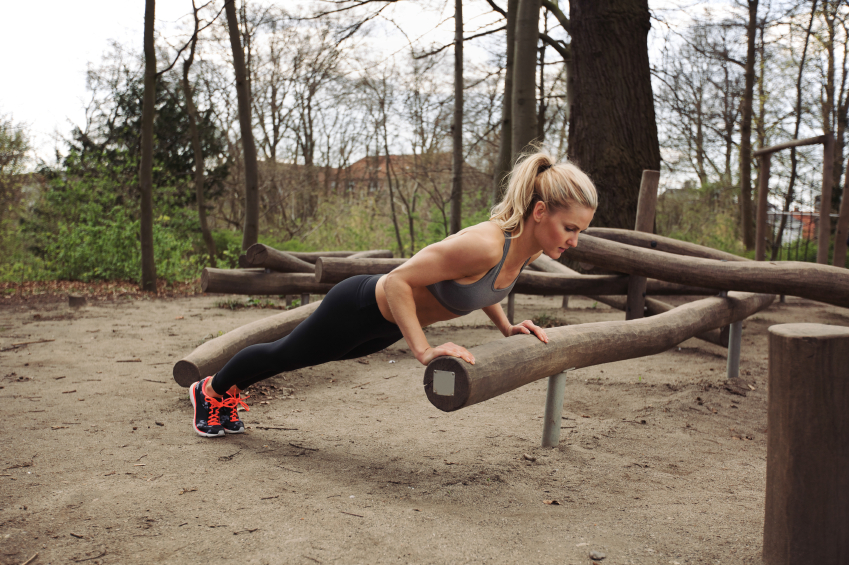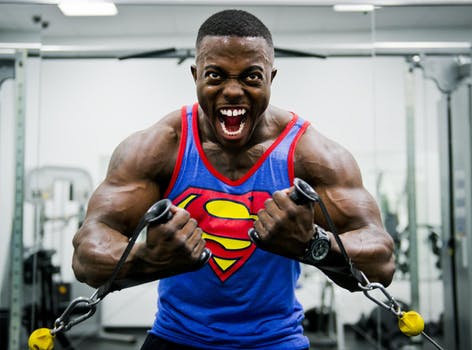There has been a debate for a long time about unilateral versus bilateral strength training exercises. There are a host of arguments for each. The unilateral side says that we need to control each side of our body before loading up on bilateral squats, they would also argue that most athletic skills (like sprinting) involve one side of the body more than the other. Think about it, in sprinting only one foot is on the ground at a time.
On the other hand, bilateral movements allow for more strength. The loads strengthen the entire body more. For example, a 300 pound back squat places more stress on the back, hips, and lower body than a 120 pound step up. It’s also how most of us are used to learning a coaching.
Appleby et al in The Journal of Strength and Conditioning Research examine this question. They do this with an 18 week training program. Subjects were assigned to one of two groups; either a bilateral training group or a unilateral training group. Basically subjects spent six weeks being familiarized, 8 weeks training, and three weeks maintaining. Subjects were tested on the 1-RM back squat and a 1-RM step-up.
The subjects in the study were rugby athletes. The only difference in their training was whether they did back squats or step ups. Training was periodized for both groups (ranging from top sets of 64% of 1-RM to eventually 88%), involved upper body strength training, lower body strength training (the intervention), speed work, conditioning, and rugby skills.
At the end of 18 weeks:
- The unilateral group made the greatest gains on the 1-RM step up
- The bilateral group made the greatest gains on the 1-RM back squat
- Both groups made small gains on the non-trained movement
I’m going to confess that this article was disappointing for me. When I read the title and downloaded the article I was thinking, “Finally! Someone is going to settle the unilateral vs. bilateral argument!” But, that didn’t happen. The article says what you would expect. Namely, if you train on back squats you get better at back squats and you get a little better at step ups. If you train on step ups, then you get better at step ups and you’ll get a little better at back squats.
Why? They are different skills. That’s right, exercises are skills and the principle of specificity always applies. Specificity says that the body adapts according to how it is trained. In other words, you get what you train for. Train only using step ups and you get better at step ups, train only using back squats and you get better at those.
The article does settle the specificity issue in my mind though. In other words, you can do all the step ups you want – but if you want to get better at bilateral strength then you need to be doing bilateral exercises.
The article does not settle whether or not one exercise is “better” than the other. For example, if you are using strength training to be a better track and field athlete which exercise should you use? Unilateral exercises? After all, sprinting and jumping involve one leg being in contact with the ground at a time and levering off one side of the body. Or bilateral exercises because you can develop more strength which means more force against the ground?
Appleby, B.B., Cormack, S.J., and Newton, R.U. (2019). Specificity and transfer of lower-body strength: Influence of bilateral or unilateral lower-body resistance training. Journal of Strength and Conditioning Research, 33(2): 318-326.



1 thought on “Sorry, Specificity Always Applies”
Comments are closed.